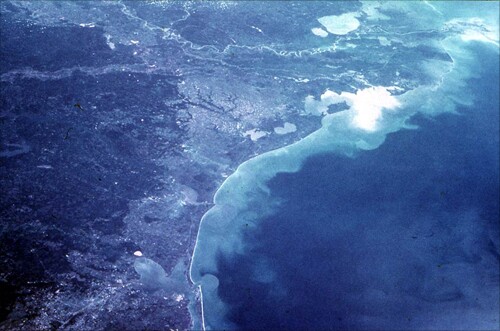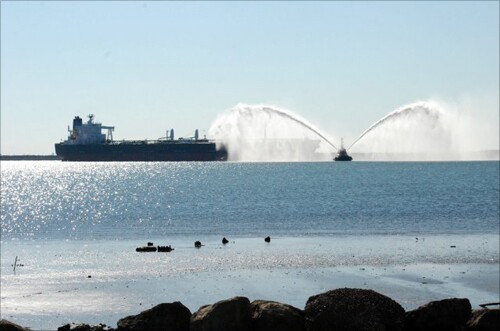





















Monday saw a reversal from the past week as muni yields rose three to 10 basis points, depending on the curve. Despite this, Monday's losses were not enough to erase last week's gains as yields are still lower than they were two weeks ago.
Fourteen percent of the state bills would create an electric vehicle fee, and Republicans in Congress have floated their own national EV fee to shore up the Highway Trust Fund.
A $300 million bond and a planned monkey breeding facility's fate are at stake in a legal struggle in Georgia.
Congress has hit the pause on Washington, D.C.'s budget process as a framework for transforming the RFK Stadium site into a viable $3.2 billion NFL venue emerges including the possibility of tapping $856 million in public funds.
The airport hopes the terminal will be "a new front door for Pittsburgh."
Siebert Williams Shank was the only new entrant into the top 10, knocking Piper Sandler out.